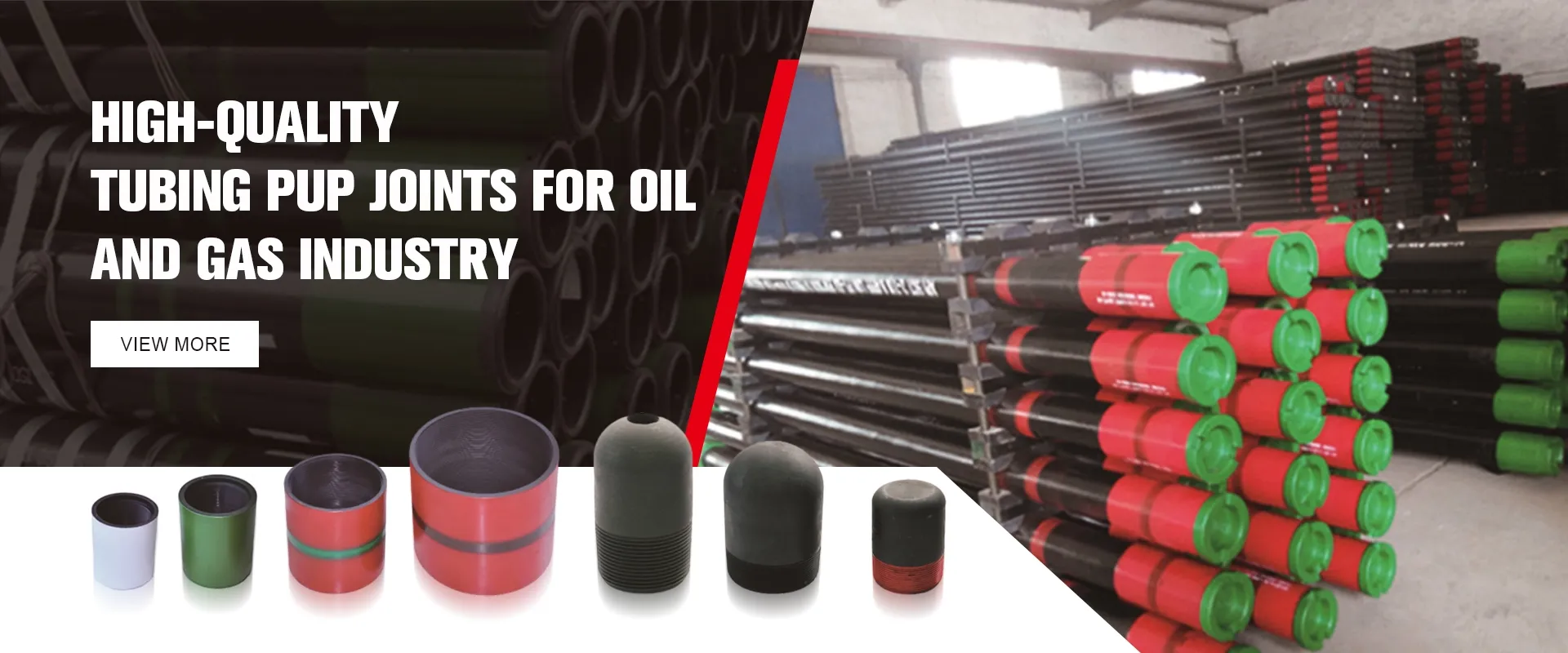- Afrikaans
- Albanian
- Amharic
- Arabic
- Armenian
- Azerbaijani
- Basque
- Belarusian
- Bengali
- Bosnian
- Bulgarian
- Catalan
- Cebuano
- Corsican
- Croatian
- Czech
- Danish
- Dutch
- English
- Esperanto
- Estonian
- Finnish
- French
- Frisian
- Galician
- Georgian
- German
- Greek
- Gujarati
- Haitian Creole
- hausa
- hawaiian
- Hebrew
- Hindi
- Miao
- Hungarian
- Icelandic
- igbo
- Indonesian
- irish
- Italian
- Japanese
- Javanese
- Kannada
- kazakh
- Khmer
- Rwandese
- Korean
- Kurdish
- Kyrgyz
- Lao
- Latin
- Latvian
- Lithuanian
- Luxembourgish
- Macedonian
- Malgashi
- Malay
- Malayalam
- Maltese
- Maori
- Marathi
- Mongolian
- Myanmar
- Nepali
- Norwegian
- Norwegian
- Occitan
- Pashto
- Persian
- Polish
- Portuguese
- Punjabi
- Romanian
- Russian
- Samoan
- Scottish Gaelic
- Serbian
- Sesotho
- Shona
- Sindhi
- Sinhala
- Slovak
- Slovenian
- Somali
- Spanish
- Sundanese
- Swahili
- Swedish
- Tagalog
- Tajik
- Tamil
- Tatar
- Telugu
- Thai
- Turkish
- Turkmen
- Ukrainian
- Urdu
- Uighur
- Uzbek
- Vietnamese
- Welsh
- Bantu
- Yiddish
- Yoruba
- Zulu
Understanding the Importance of Coupling and Casing in Engineering Applications
Understanding Coupling and Casing in Oil and Gas Operations
In the oil and gas industry, the concepts of coupling and casing play a crucial role in ensuring the safety, efficiency, and success of drilling operations. As fields become more complex and the demand for hydrocarbons continues to grow, understanding these components becomes essential for engineers and technicians alike. This article will delve into the definitions, functions, and importance of coupling and casing, illustrating how they contribute to the overall drilling process.
What is Casing?
Casing refers to the system of pipes that are installed in the wellbore of an oil or gas well after the drilling process has been completed. The primary function of casing is to stabilize the wellbore, protecting it from any collapse or failure, and preventing unwanted fluids from migrating between different layers of the geological formations.
Casing comes in various types and sizes, depending on the specific requirements of the wellbore, such as the depth of the well and the types of formations being drilled through. Common types of casing include surface casing, intermediate casing, and production casing, each serving distinct purposes. Surface casing, for instance, is typically the first layer installed and is used to protect freshwater aquifers. Intermediate casing may be used to reach deeper into complex formations, while production casing provides a pathway for the hydrocarbons to be extracted.
Understanding Coupling
Coupling, on the other hand, pertains to the devices used to connect sections of pipe together during the casing operation. Couplings are essential components that ensure the integrity and stability of the casing string. They are typically made from steel and are designed to withstand the high pressures and forces encountered during drilling and production.
Couplings come in various designs, with threaded couplings being the most common. These threads allow the couplings to securely join casing sections, preventing any potential leaks or failures. The quality and design of couplings are critical, as substandard couplings can lead to catastrophic failures, jeopardizing not only the drilling operation but also the safety of personnel and the environment.
coupling casing

The Interplay between Coupling and Casing
The relationship between coupling and casing is integral to the success of any drilling project. Properly selected and installed casing provides the necessary support for the well, while high-quality couplings ensure that these casing sections remain securely connected under various conditions.
One of the significant challenges in the oil and gas industry is maintaining the integrity of wellbores over time. Factors such as pressure fluctuations, temperature changes, and corrosive environments can compromise both casing and couplings. Therefore, it is essential for drillers to utilize advanced materials and technologies to create durable casing and reliable couplings that can withstand these conditions.
Importance of Selection and Maintenance
The correct selection of casing and coupling materials can significantly impact the life cycle of a well. Engineers must consider factors such as the chemical composition of the formation fluids, the physical properties of the rock being penetrated, and environmental conditions when choosing the right materials. For instance, in corrosive environments, special coatings or materials that resist corrosion may be required.
Moreover, regular maintenance and rigorous testing of casing and coupling systems are vital in preventing failures. This involves pressure testing, visual inspections, and the use of advanced monitoring technologies to detect any potential weaknesses in the casing or coupling before they escalate into more significant issues.
Conclusion
In conclusion, coupling and casing are vital components of the oil and gas drilling process that require careful consideration at every stage, from planning and selection to installation and maintenance. The interplay between these two elements not only ensures the safety and efficiency of drilling operations but also plays a crucial role in maximizing the hydrocarbon recovery while protecting the environment. As the industry evolves and new technologies emerge, continued innovation in casing and coupling design will be essential in meeting the growing energy demands of the future. Understanding these foundational concepts will help stakeholders navigate the complexities of drilling operations and contribute to the sustainable advancement of the oil and gas sector.
-
Tubing Pup Joints: Essential Components for Oil and Gas OperationsNewsJul.10,2025
-
Pup Joints: Essential Components for Reliable Drilling OperationsNewsJul.10,2025
-
Pipe Couplings: Connecting Your World EfficientlyNewsJul.10,2025
-
Mastering Oilfield Operations with Quality Tubing and CasingNewsJul.10,2025
-
High-Quality Casing Couplings for Every NeedNewsJul.10,2025
-
Boost Your Drilling Efficiency with Premium Crossover Tools & Seating NipplesNewsJul.10,2025







